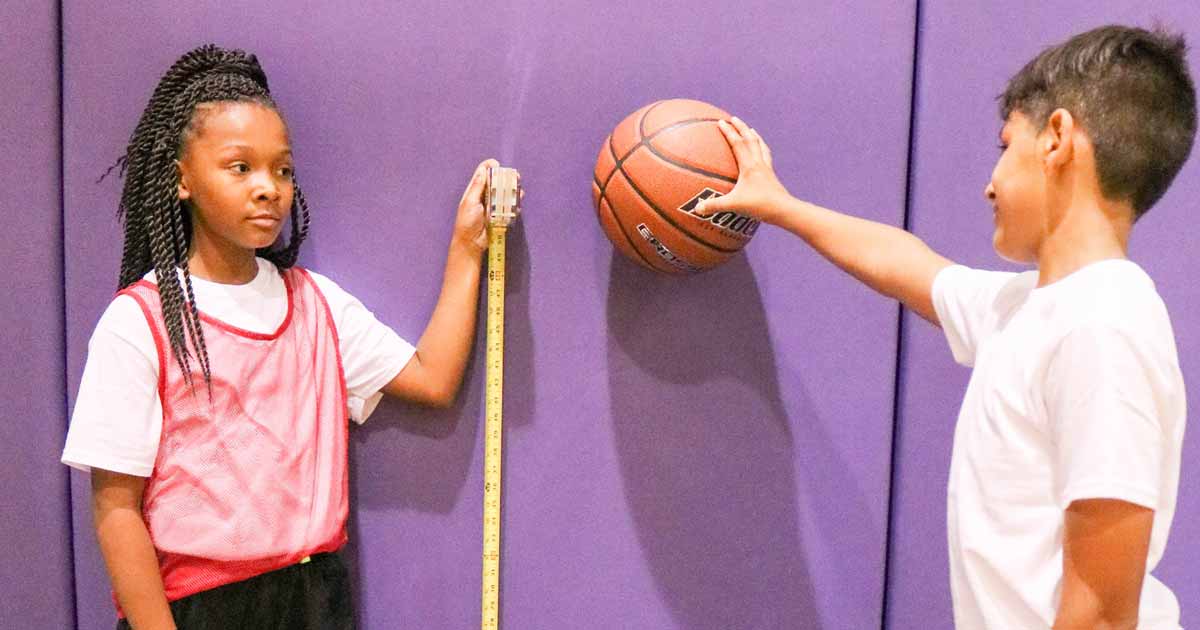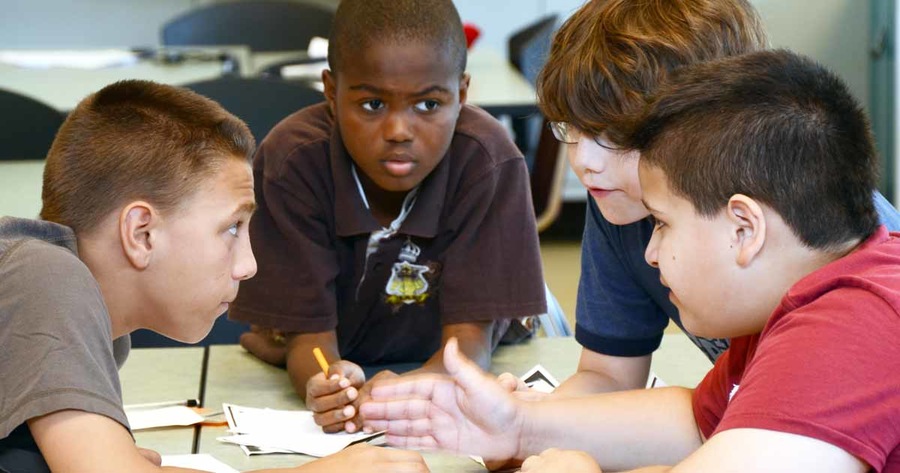With advancements in technology happening at a time-warp rate of speed, STEM curricula and lessons need features that apply current technology to how all students—including elementary, middle and junior high school—are already learning in science, engineering and math.

So how should STEM lessons be structured to create the best real-world outcomes? Here's a quick checklist to consider for great K-8 STEM learning:
- STEM activities are hands-on and tangible.
- The Engineering Design Process (EDP) is instituted in the STEM curriculum.
- Teamwork and collaboration are woven through all aspects of STEM learning.
- Real-world problems, issues or matters are part of the STEM learning process—and solutions may or may not be found. There may be several answers to the task at hand and failure is acceptable. Discussion and hypothesis opportunities are ever-present.
Whether you're seeking STEM curricula or creating it, the aforementioned should be criteria you adhere to make STEM GR8!
Courtesy of Jeff Golner, President/CEO of STEM Sports®. STEM Sports® provides curriculum for elementary and middle school-aged students that combines STEM education with a variety of sports.
Photos courtesy of STEM Sports.




